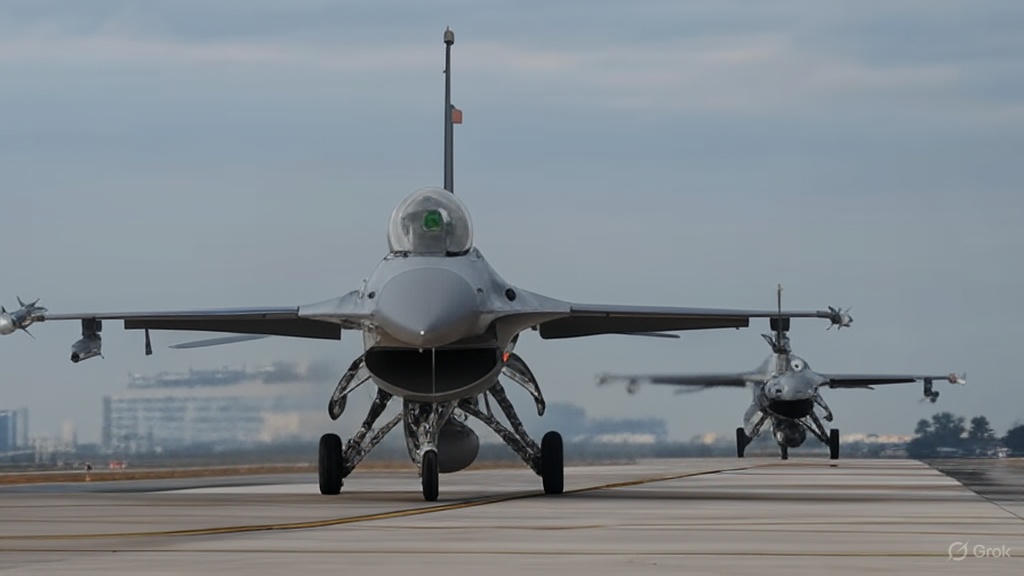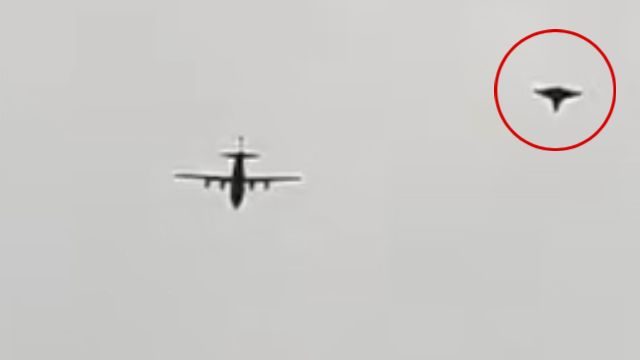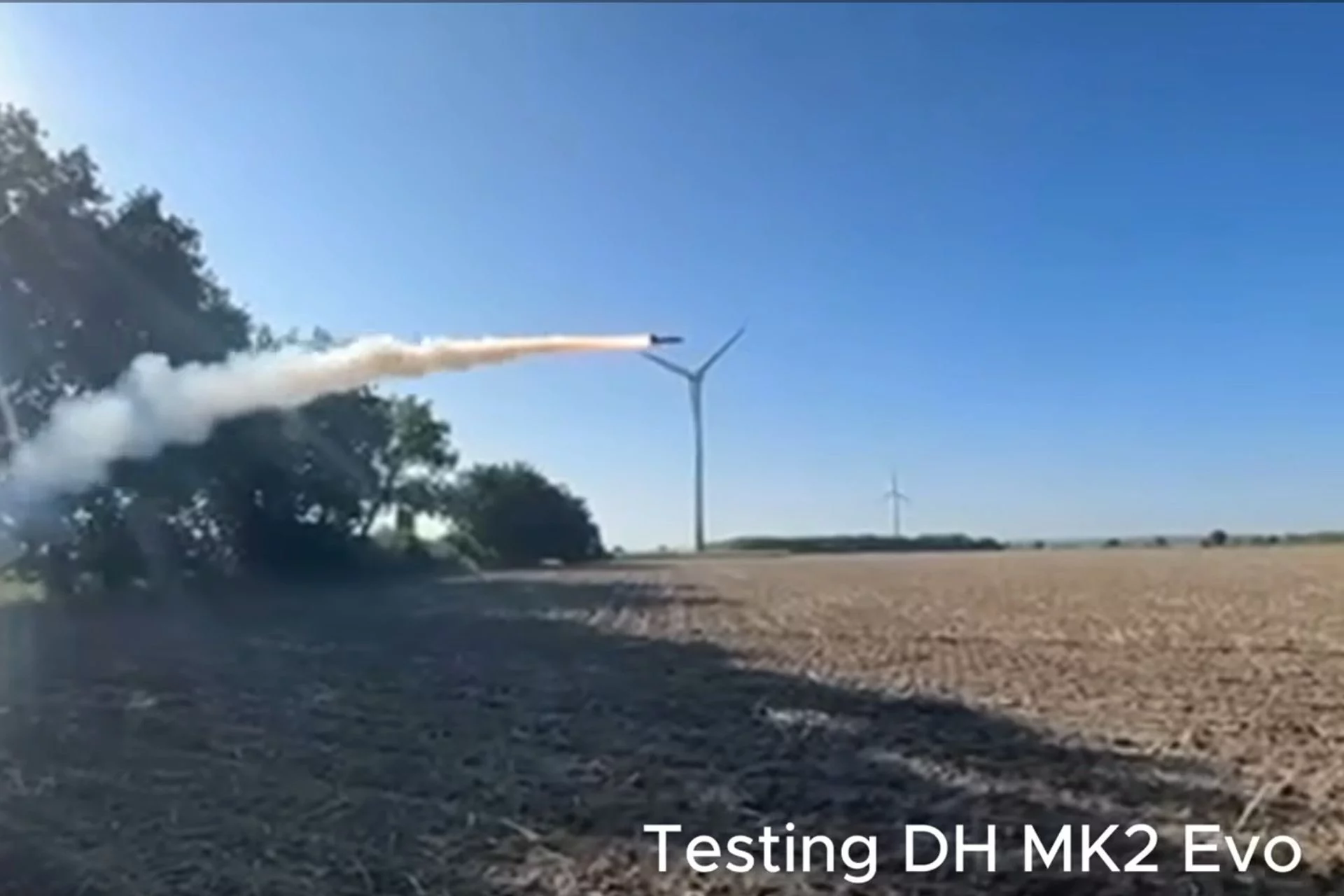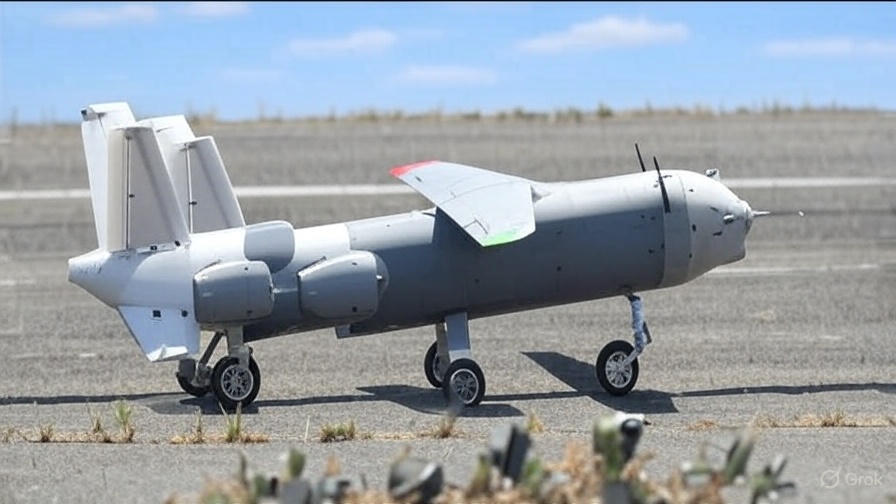The United States Air Force has initiated a strategic repositioning of its F-16 Fighting Falcon aircraft, moving them from Kunsan Air Base to Osan Air Base in South Korea, a location approximately 80 miles closer to the border with North Korea. This transfer, which commenced on July 31, 2025, is a critical component of the Air Force’s ongoing “Super Squadron” initiative, a force-optimization experiment designed to enhance combat readiness and operational efficiency. The relocation of these advanced fighter jets underscores the United States’ commitment to bolstering its defense posture in the Indo-Pacific region, particularly in response to escalating tensions with North Korea. The move is part of a broader effort to consolidate air combat power, streamline logistics, and enhance interoperability with allied forces, notably the Republic of Korea Air Force.
The Super Squadron initiative, which began its first phase in October 2024, initially saw the transfer of nine F-16s and approximately 150 Airmen to Osan Air Base. This preliminary phase laid the groundwork for evaluating the feasibility of consolidating fighter squadrons into larger, more capable units. Following the success of the initial phase, the Air Force’s Chief of Staff approved the second phase in April 2025, set to commence in October 2025. This next stage will significantly expand the scope of the experiment, with a total of 31 F-16s and approximately 1,000 Airmen being relocated to Osan over the summer months. The Air Force has emphasized that this movement is temporary, designed to test the operational and logistical advantages of a larger, consolidated squadron structure.
According to Capt. Bryce Hughes, the 51st Maintenance Group Officer and Sortie Generation Flight commander, the Super Squadron Test Part II is a deliberate effort to assess whether a larger squadron can generate greater combat power while operating with increased efficiency. “Osan is receiving additional F-16s as part of the Air Force’s Super Squadron Test Part II initiative, which is a force-optimization test designed to see if a larger, consolidated squadron can generate more combat power and operate more efficiently,” Hughes stated in an official service release. This initiative is not merely a relocation of assets but a comprehensive evaluation of the Air Force’s ability to optimize its resources, including maintenance, logistics, and manpower, to meet the demands of modern warfare.
The strategic rationale for the transfer is multifaceted. By consolidating air combat power at Osan Air Base, the Air Force aims to enhance its ability to respond rapidly to potential threats from North Korea, which has demonstrated increasing belligerence through missile tests and other provocative actions in recent years. Osan’s proximity to the North Korean border—approximately 80 miles closer than Kunsan—positions the F-16s to provide a more immediate and robust response in the event of hostilities. This move also strengthens the Seventh Air Force’s support for South Korea’s defense forces, fostering greater integration and coordination with the Republic of Korea Air Force. The 51st Fighter Wing, based at Osan, is at the forefront of this effort, leveraging its storied legacy from the Korean War to maintain a “Fight Tonight” posture, ensuring readiness for immediate combat operations.
Kunsan Air Base, while ceding some of its F-16s to Osan, will continue to serve as a critical hub for U.S. air operations in South Korea. The base is well-equipped to support follow-on forces and maintain its role as a key staging point for air component forces in the region. Col. Peter Kasarskis, commander of the 8th Fighter Wing at Kunsan, emphasized the base’s enduring importance in a statement released when the second phase of the Super Squadron initiative was approved. “We’ll meet this change with the same warfighter mindset the Wolf Pack has maintained through our history, and strengthen our ability to accept follow-on forces, defend the base, and take the fight north,” Kasarskis said. This resolute commitment reflects the Air Force’s determination to maintain a strong presence across the Korean Peninsula, even as it tests new operational concepts.
The Super Squadron initiative is not only about relocating aircraft but also about pushing the boundaries of operational efficiency and combat effectiveness. During the test period, the 51st Fighter Wing will expand its joint training exercises with the Republic of Korea Air Force, focusing on enhancing interoperability and refining combat readiness proficiencies. These exercises will encompass a range of mission sets, including counter-air operations, interdiction, air strike control, and close air support, all of which are critical to maintaining a credible deterrent against potential adversaries. The 51st Fighter Wing’s “Fight Tonight” ethos, rooted in its Korean War heritage, ensures that it remains prepared to execute these missions at a moment’s notice, providing leading-edge defense capabilities to the Korean Peninsula.
Col. Ryan Ley, commander of the 51st Fighter Wing, expressed confidence in the wing’s ability to lead the Super Squadron initiative. “The 51st Fighter Wing is leading the charge on the Super Squadron Test,” Ley said in a release. “I’m proud of what the Mustangs have accomplished already, and I look forward to testing the limits of what we can do over the next year.” Ley’s remarks highlight the wing’s pivotal role in driving innovation within the Air Force, as it seeks to redefine how fighter squadrons are organized and deployed to maximize combat power. The Super Squadron concept represents a forward-thinking approach to force structure, aiming to create more agile and responsive units capable of meeting the challenges of a rapidly evolving security environment.
The transfer of F-16s to Osan also has significant implications for logistics and maintenance operations. The consolidation of aircraft at a single base requires meticulous planning to ensure that maintenance facilities, supply chains, and personnel resources are adequately equipped to handle the increased workload. The Air Force is using the Super Squadron test to evaluate these logistical frameworks, identifying areas for improvement and developing best practices for future operations. By concentrating resources at Osan, the Air Force can streamline maintenance processes, reduce downtime, and increase the availability of combat-ready aircraft. This focus on efficiency is critical in a high-stakes environment where rapid response times and sustained operational tempo are paramount.
The broader geopolitical context of the F-16 transfer cannot be overstated. North Korea’s ongoing development of nuclear capabilities and ballistic missile technology has heightened tensions in the region, prompting the United States and its allies to strengthen their defense posture. The repositioning of F-16s to Osan sends a clear signal of deterrence, demonstrating the U.S. Air Force’s ability to project power and respond decisively to any aggression. At the same time, the Super Squadron initiative reflects a proactive approach to military modernization, ensuring that the Air Force remains adaptable and capable in the face of emerging threats.
As the Air Force prepares for the second phase of the Super Squadron test, the 51st Fighter Wing will continue to play a central role in shaping the future of air combat operations in South Korea. The wing’s commitment to excellence, combined with its storied history, positions it as a leader in this transformative effort. Over the coming year, the results of the Super Squadron initiative will provide valuable insights into the feasibility of larger, consolidated squadrons, potentially influencing Air Force doctrine and force structure for years to come. For now, the transfer of F-16s to Osan Air Base represents a bold step toward enhancing U.S. airpower in the Indo-Pacific, reinforcing the United States’ unwavering commitment to the defense of South Korea.




